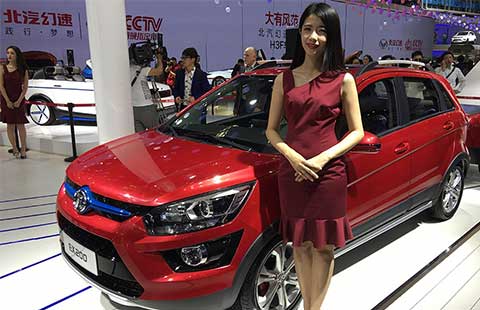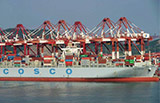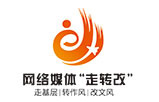Developed countries should loosen export controls
(Xinhua) Updated: 2016-04-29 11:17BEIJING - Developed countries need to allow their enterprises to export more high-tech products to China, as it is a huge market full of potential.
In renminbi terms, China's imports dropped 8.2 percent in the first quarter (Q1) of 2016 following a 13.2-percent decline posted the whole of 2015.
Last year, imports of goods from the United States, the European Union (EU) and Japan fell 5.4 percent, 13.6 percent and 11.4 percent, respectively.
Shackled imports of high-tech products, which grew just 0.6 percent in 2015, contributed to the sluggishness in trade between China and developed countries.
China is not closing its doors to foreign trade. Rather, as it is undergoing economic transition and industrial upgrading, China is in great need of high-tech products.
The truth is that some developed countries, which deem China a rival or threat, are putting up legal or administrative trade barriers, which are mutually detrimental.
The US Export Administration Regulations limited the exports of a wide range of high-tech items, including medical treatment supplies, navigation products, as well as energy and new materials, to China, citing ungrounded security concerns.
China's imports of high-tech products from the United States accounted for 16.7 percent of its total high-tech imports in 2001 -- the year China became a WTO member. This had fallen sharply to 6.3 percent in 2011.
If high-tech imports in 2011 were at the same level as 2001, the United States' exports to China would have increased by $50 billion.
The EU and Japan have also been imposing export controls on China for many years.
The Wassenaar Arrangement on Export Controls for Conventional Arms and Dural-Use Goods and Technologies hinders the shipment of many high-tech products for commercial use to China.
Developed countries introduced these controls because they were inclined to miscalculate China's peaceful development purposes.
"Presumption of guilt" makes developed countries, which are struggling to ensure economic recovery, missed the opportunities created during China's economic transition and industrial upgrading.
Increased exports of high-tech products to China will help developed countries narrow trade deficits. For China, state-of-the-art technologies and products can give it a leg-up during this period of economic development.
China hopes that developed countries can relax export controls and sell more high-tech products.
- China's trade volume with Cambodia up 18% last year
- Chinese economy mixed by encouraging signs, lingering concerns
- China toys improving quality, popular among EU customers
- Lenovo's unit leads in creating unified standard for online verification
- PetroChina posts loss of over $2 billion
- New policies make immediate impact
- Industrial Bank's net profits rise 6.51% in 2015
- CNOOC sees revenues down due to lower oil prices

















